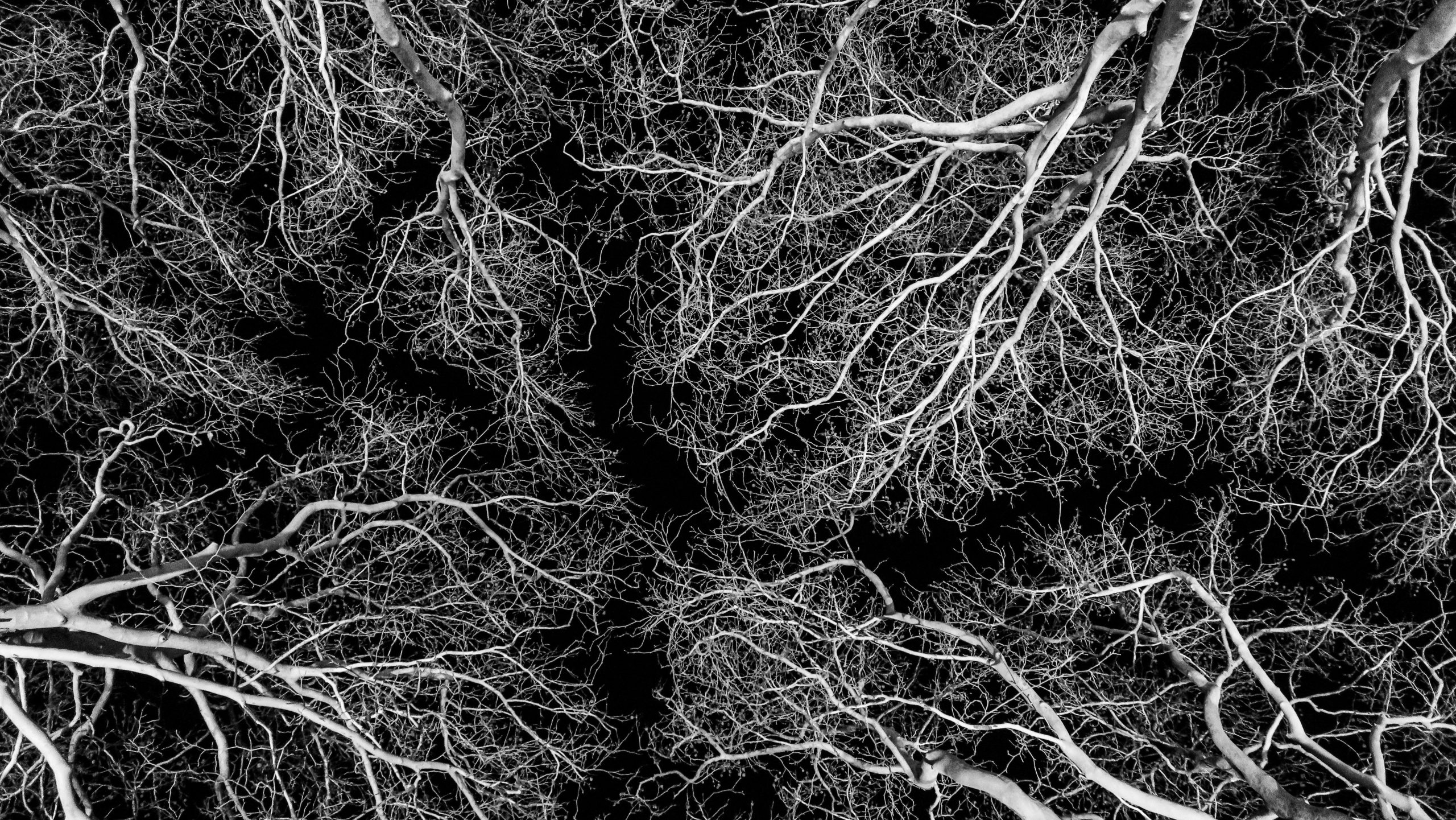As mental health treatment evolves, psychedelic-assisted therapies like ketamine and psilocybin are gaining attention for their potential to address conditions such as depression, anxiety, and trauma. This article explores the differences between ketamine and psilocybin therapy, focusing on their mechanisms, therapeutic applications, legality, safety profiles, and user experiences, drawing on insights from recent research and clinical perspectives.
Legality and Accessibility
The legal status of ketamine and psilocybin significantly impacts their accessibility. Ketamine is legally available for off-label use in clinical settings for mental health treatment. Its derivative, esketamine (Spravato), was approved in 2019 for therapy-resistent depression by the EMA (European Medicines Agency), administered under strict medical supervision due to potential side effects like dissociation and sedation. Ketamine can be delivered via intravenous (IV) infusion, intramuscular (IM) injection, intranasal spray, or oral lozenges, making it widely accessible in certified clinics. At Clinica Synaptica, we offer IM ketamine as we believe the psychedelic experience is a key part of the process.
Psilocybin – the psychedelic compound of magic mushrooms – is classified as an illegal substance in Spain. Therefore it is not allowed to be used outside of official clinical trials or personal, decriminalized settings. The lack of widespread legalization limits psilocybin’s availability, though ongoing research and regulatory changes are paving the way for broader therapeutic use.
Mechanisms of Action
Ketamine and psilocybin operate through distinct pharmacological pathways, which influence their therapeutic effects. Ketamine, a synthetic dissociative anesthetic developed in 1962, primarily acts on the brain’s glutamate system by blocking NMDA receptors. This action increases glutamate levels, promoting neuroplasticity and rapidly alleviating symptoms of depression and suicidality. Its effects are often described as creating a temporary disconnection from reality, fostering a dissociative state that can offer fresh perspectives on emotional challenges.
Psilocybin, a naturally occurring psychedelic compound found in certain mushrooms, is metabolized into psilocin in the body, which acts as a serotonin receptor agonist, particularly targeting 5-HT2A and 5-HT2C receptors. This mimics serotonin, leading to altered perception, mood, and cognition. Despite working via these distinct pathways, both substances are believed to increase neuroplasticity, fostering emotional openness and facilitating an introspective and spiritually rich experience.
Therapeutic Applications
Both ketamine and psilocybin have shown promise in treating mental health conditions, particularly treatment-resistant depression (TRD), anxiety, and trauma-related disorders. Ketamine has been extensively studied for its rapid antidepressant effects, sometimes providing relief within hours, making it a valuable option for individuals with acute suicidal ideation or major depressive disorder. It is also used for chronic pain and substance use disorders, with effects typically lasting up to a week after a single dose.
Psilocybin, on the other hand, has been researched primarily for depression and end-of-life anxiety, with studies demonstrating sustained positive changes in mood and cognition that can last months after a single session. Both substances can promote emotional breakthroughs, making it effective for conditions like post-traumatic stress disorder (PTSD), obsessive-compulsive disorder (OCD), and addiction. However, due to its legality and ease of use, ketamine has a larger amount of evidence for its use in these other disorders.
Safety and Side Effects
Both ketamine and psilocybin have favorable safety profiles when administered in controlled settings, but they carry distinct risks. Ketamine’s side effects include elevated blood pressure, heart rate changes and, in rare cases, nausea. Long-term or recreational abuse may lead to bladder issues or cognitive impairment, and its potential for habit formation requires careful monitoring. However, ketamine does not affect respiratory function, making it safe for medical use under supervision.
Psilocybin is non-addictive and has low toxicity, but its psychological effects can be intense, potentially causing anxiety or challenging experiences, particularly in individuals with a history of schizophrenia or other psychotic disorders. Physical side effects may include nausea, pupil dilation, and changes in heart rate or blood pressure.
User Experience and Session Structure
The therapeutic experience of ketamine and psilocybin differs significantly. Ketamine sessions, lasting about 30-150 minutes, are typically conducted in clinical settings with minimal preparation. Patients may experience a dissociative state, often described as a sense of detachment or unity, with effects onsetting within 10 minutes. Post-session recovery is quick, allowing patients to resume normal activities within hours.
Psilocybin therapy, lasting 4–8 hours, requires a structured environment with preparation and integration phases. The experience often involves vivid visual imagery, emotional introspection, and a sense of connectedness, with effects peaking after 20–40 minutes.
Choosing the Right Therapy
Deciding between ketamine and psilocybin therapy depends on individual needs, health conditions, and treatment goals. Ketamine is ideal for those seeking relief from acute depression or suicidal thoughts in a controlled, medical environment. Its shorter duration and legal status make it more accessible for immediate intervention. Psilocybin currently requires access to research-based settings like clinical studies.
Ketamine and psilocybin represent promising frontiers in mental health treatment, offering rapid and transformative effects for conditions like depression, anxiety, and PTSD. At Clinica Synaptica, we encourage informed decision-making and professional guidance to navigate these therapies safely and effectively. We believe we provide an ideal setting to obtain maximal benefits from ketamine-assisted psychotherapy, and hope this transformative service can become more widely available throughout Spain and Europe.



